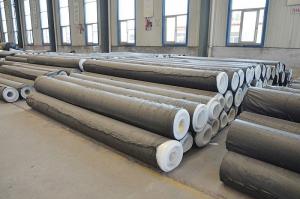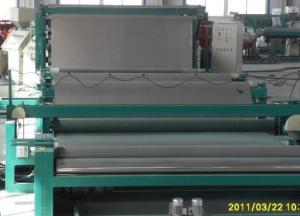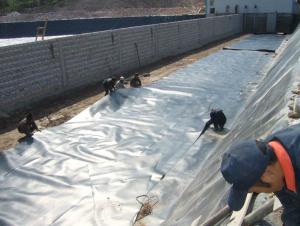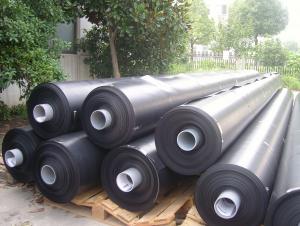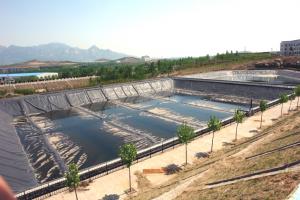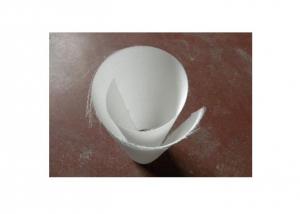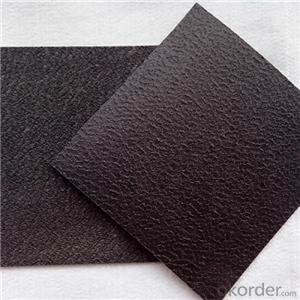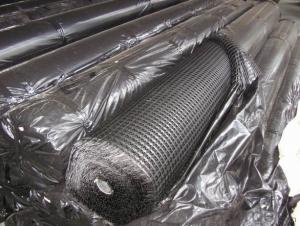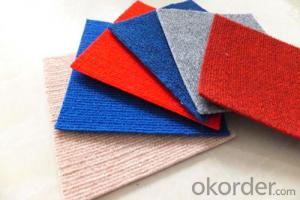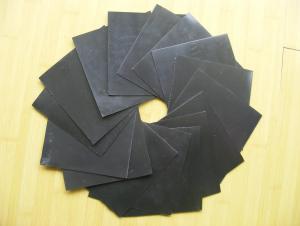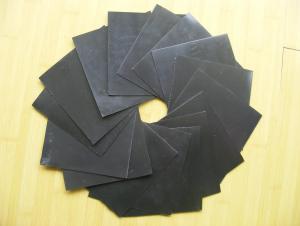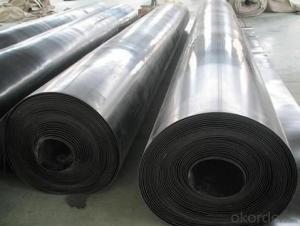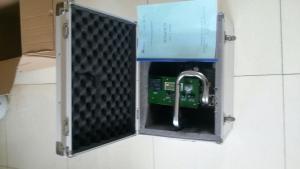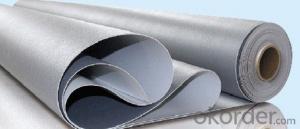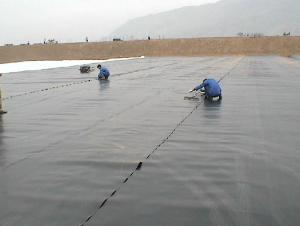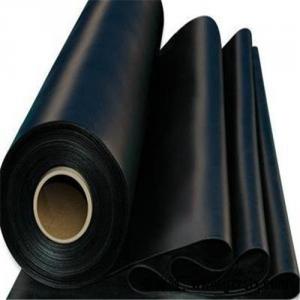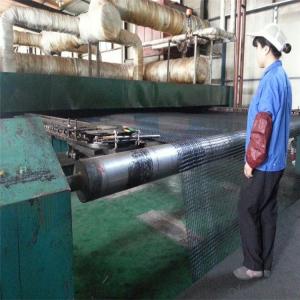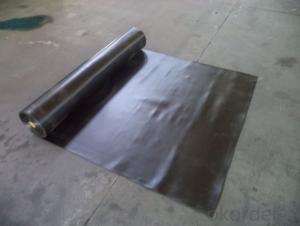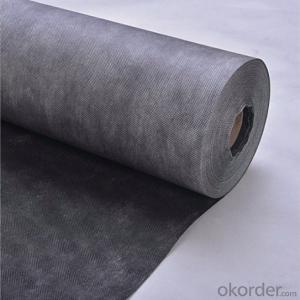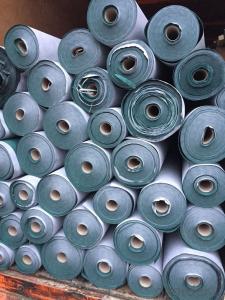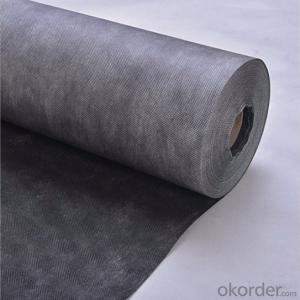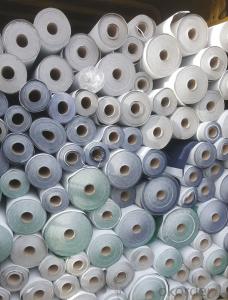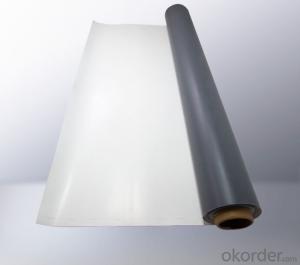Atarfil Geomembranes
Atarfil Geomembranes Related Searches
Atarfil Geomembrane Atarfil Europe Geomembranes Terpal Geomembrane Geomembranes Landfill Geomembrane Agru Geomembrane Prefabricated Geomembranes Liner Geomembrane Impermeable Geomembranes Xr Geomembranes Geomembrane Liners Sotrafa Geomembrane Geomembrane Materials Permeable Geomembrane Waterproof Geomembrane Geomembrane Landfill Reinforced Geomembrane Prefabricated Geomembrane Pre-Seamed Geomembranes Conductive Geomembrane Teranap Geomembrane Textured Geomembrane Geomembrane Waterproofing Geomembrane Australia Geomembrane For Landfill Geomembrane Products Trp Geomembranes Geomembrane Technologies Plastic Geomembrane Geomembrane ImpermeableAtarfil Geomembranes Supplier & Manufacturer from China
Atarfil Geomembranes are a type of high-quality synthetic materials designed for various applications in civil engineering and environmental projects. These membranes are engineered to provide waterproofing, containment, and protection in a wide range of scenarios, making them an essential component in many construction and environmental projects. Their versatility and durability have made Atarfil Geomembranes a popular choice among professionals in the industry.Atarfil Geomembranes are widely used in applications such as landfill liners, canal linings, reservoirs, and other water management systems. They are also employed in the construction of tunnels, mining operations, and other industrial projects where waterproofing and containment are critical. The product's ability to withstand harsh environmental conditions and resist chemical degradation makes it a reliable solution for long-term projects, ensuring the safety and integrity of the structures they are used in.
Okorder.com is a leading wholesale supplier of Atarfil Geomembranes, offering a vast inventory to cater to the needs of various industries. As a reputable supplier, they ensure that the products they provide meet the highest quality standards and are suitable for a diverse range of applications. By partnering with Okorder.com, customers can be confident that they are receiving top-tier Atarfil Geomembranes that will perform optimally in their specific use cases.
Hot Products

